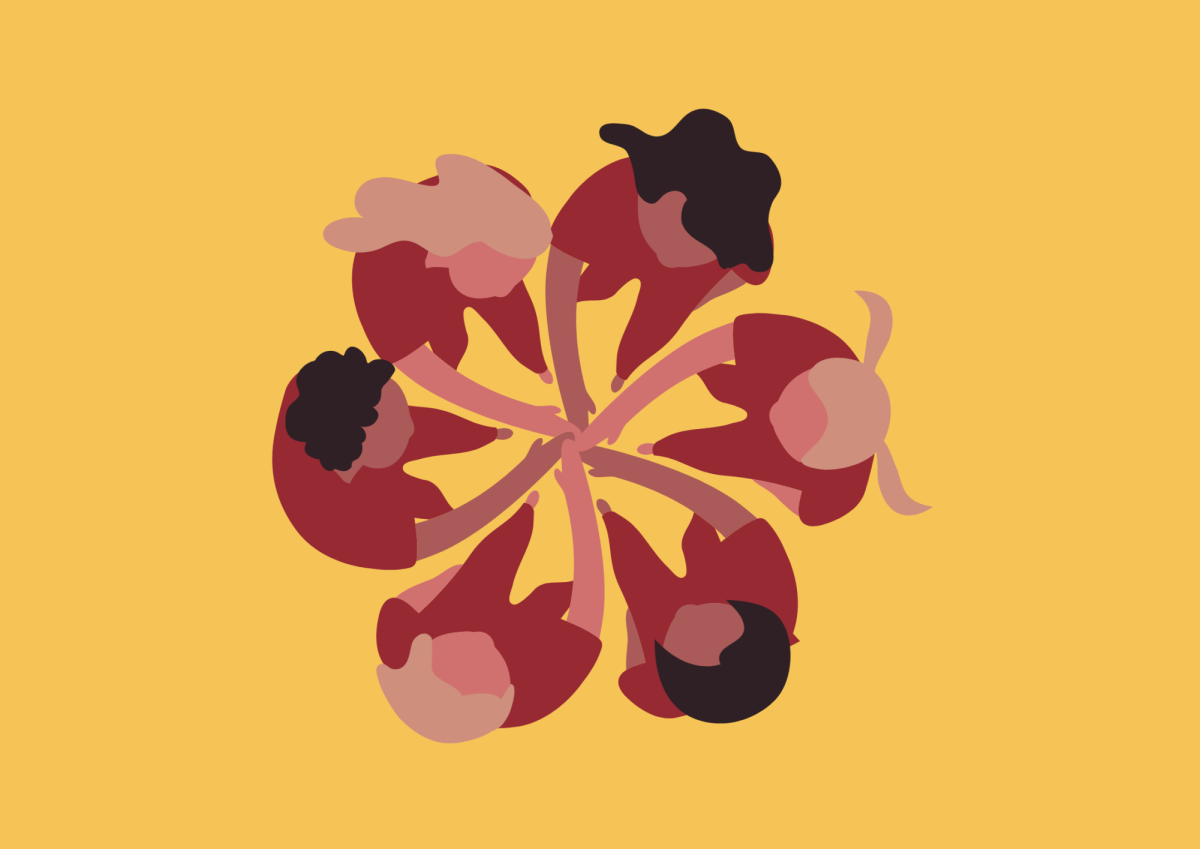There is an old Facebook meme that reads: “In class: 2+2 = 4. Homework: 734+555-612/9 = 1355.” Though this comparison is a clear exaggeration, it illustrates the drastic disparity between the classwork and homework in traditional educational methods. In traditional classrooms, students are introduced to new topics each class by robotically taking notes on teacher lectures, and then are thrown to the wolves with immensely more difficult homework problems. To help them through these problems, they often turn to Google, which at best, leads to Khan Academy videos and at worst, to Answers.com—a website with results that can be either misleading or downright wrong.
Frustrating homework assignments represent just one of the several educational problems caused by traditional teaching styles. However, there is a modern pedagogical solution to all these issues: flipped learning.
Often described as “homework at school and schoolwork at home,” the flipped method of teaching is best described through an example. Meet Joe Average, a Taipei American School math student, who is learning about the Order of Operations. Rather than wasting a class lecturing about the topic, his teacher records the lecture and posts it on Canvas. Joe Average does “schoolwork at home,” listening to the recording outside of class. In this way, Joe can study at his own pace, pausing the recording whenever he wants without fear of slowing down the class. This clears up time for him to do “homework at school,” puzzling out advanced problem sets in the classroom with the teacher always present to explain how the order of operations applies to 734+555-612/9.
“Everything you would get in a regular classroom, we can get online now, just because of the age that we’re living in.”
The remarkable advantages of this teaching and learning method were documented in a 2011 study of over 500 students by University of British Columbia physics professor Louis Deslauriers. Students taught a unit in a flipped environment nearly doubled the test scores of their counterparts taught the same material in a traditional classroom. One reason for this near-miraculous effect could be that when students work on the most difficult questions in school, they have the invaluable resources of their peers and teachers at hand, replacing sketchy Answers.com searches with healthy, stimulating discussion and informed teacher explanations. Moreover, under traditional teaching styles, the majority of in-class time is often occupied by superficial, yawn-inducing introductory lectures. As Janice Yang (‘18) says, “Everything you would get in a regular classroom, we can get online now, just because of the age that we’re living in.” This also has the significant benefit of making class far more interesting for both students and teachers.
Admittedly, though, flipped learning is not for everyone. In order for the system to work, students have to constantly study new content at home, as skipping even one day of homework would result in 80 minutes of completely wasted class time. Because of the high degree of self-motivation required, Matthew Chen (‘18) doubts that the system can be universally successful. He says, “I could only do reading at home under two conditions. Either I really like the subject, or someone is holding a gun to my head, saying, ‘I’m going to quiz you in an hour, and if you don’t know this I’m going to blow your brains out.’”
Despite these valid concerns, flipped learning remains an incredibly promising avenue for promoting real learning instead of rote memorization. Sure, its emphasis on technology may be unsettling to some teachers who prefer “traditional” educational methods. But, lest we forget, a century ago, corporal punishment was also a vital element of “traditional” education. Perhaps in 100 more years, classroom lectures and agonizing homework problem sets will be considered as outdated as whipping students on the hand.


![A collection of college flags. [PHOTO COURTESY OF AMBER HU ('27)]](https://blueandgoldonline.org/wp-content/uploads/2025/05/IMG_5029-1200x577.jpeg)

![An SAT word cloud. [PHOTO COURTESY OF WORDCLOUDS]](https://blueandgoldonline.org/wp-content/uploads/2025/05/SAT.jpeg)
![Collage of banned books, including “The Handmaid’s Tale” by Margaret Atwood. [MINSUN KIM/ THE BLUE & GOLD]](https://blueandgoldonline.org/wp-content/uploads/2025/04/IMG_4274-1200x681.jpeg)

![A collage of dark romance book covers from an online store for dark romance novels. [PHOTO COURTESY OF TRILOGYOFROMANCE.COM.AU]](https://blueandgoldonline.org/wp-content/uploads/2025/04/IMG_4272-1200x600.png)